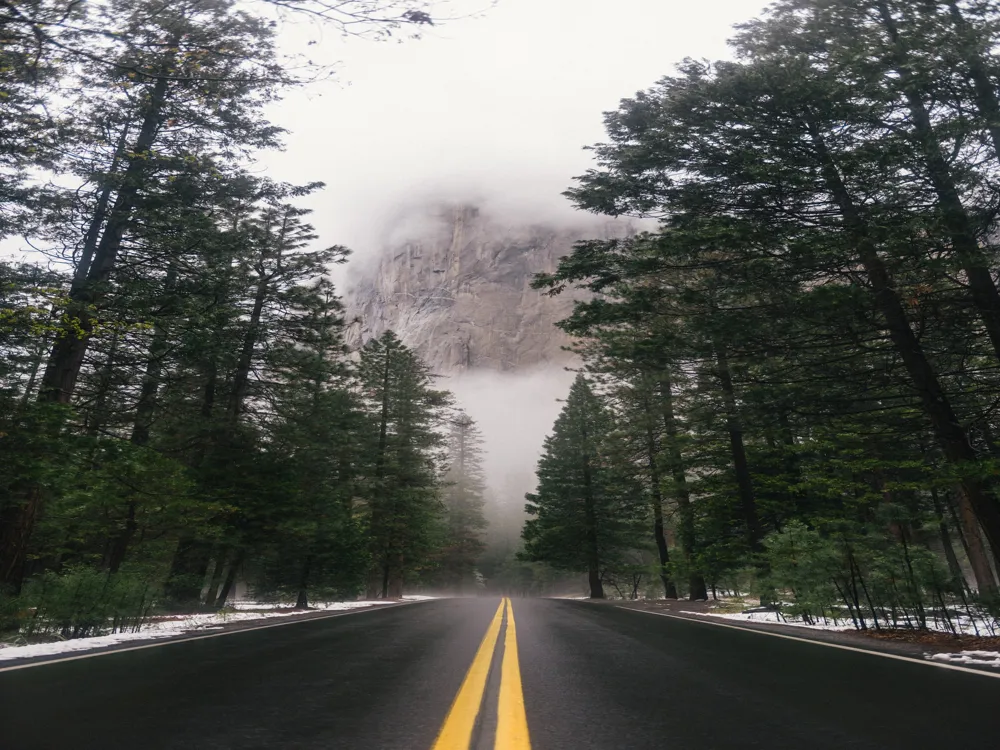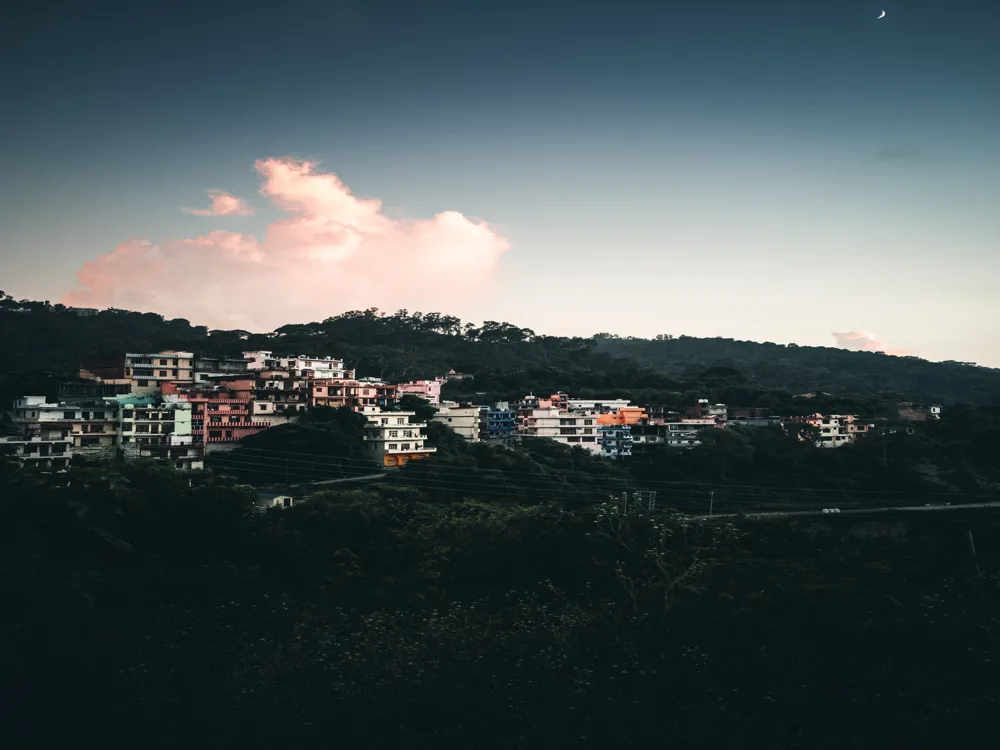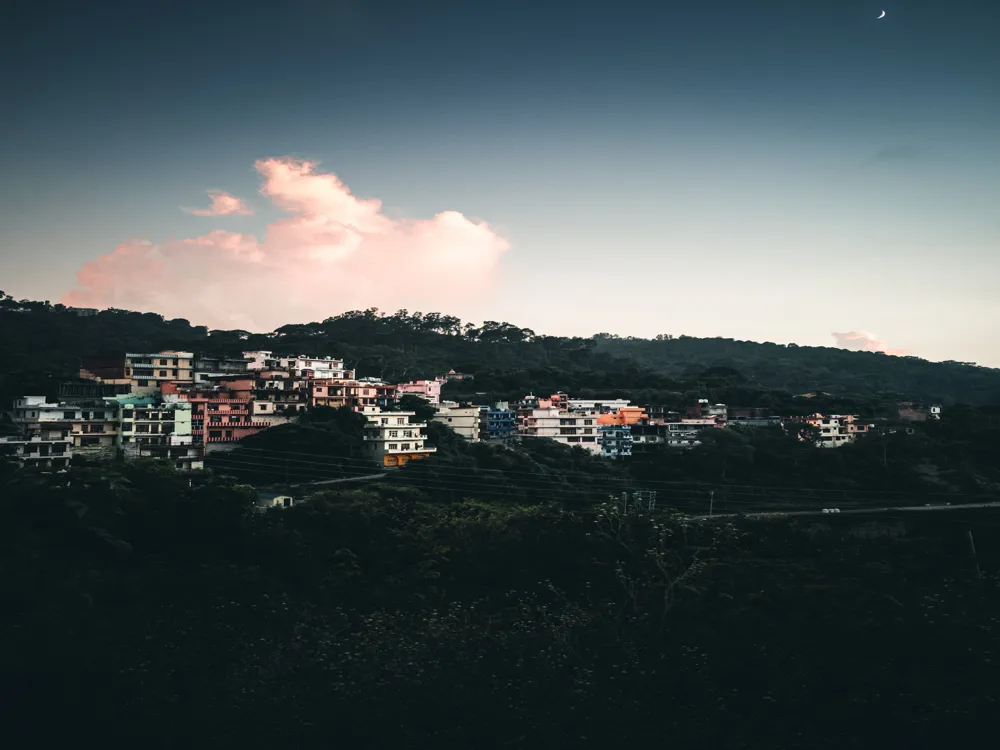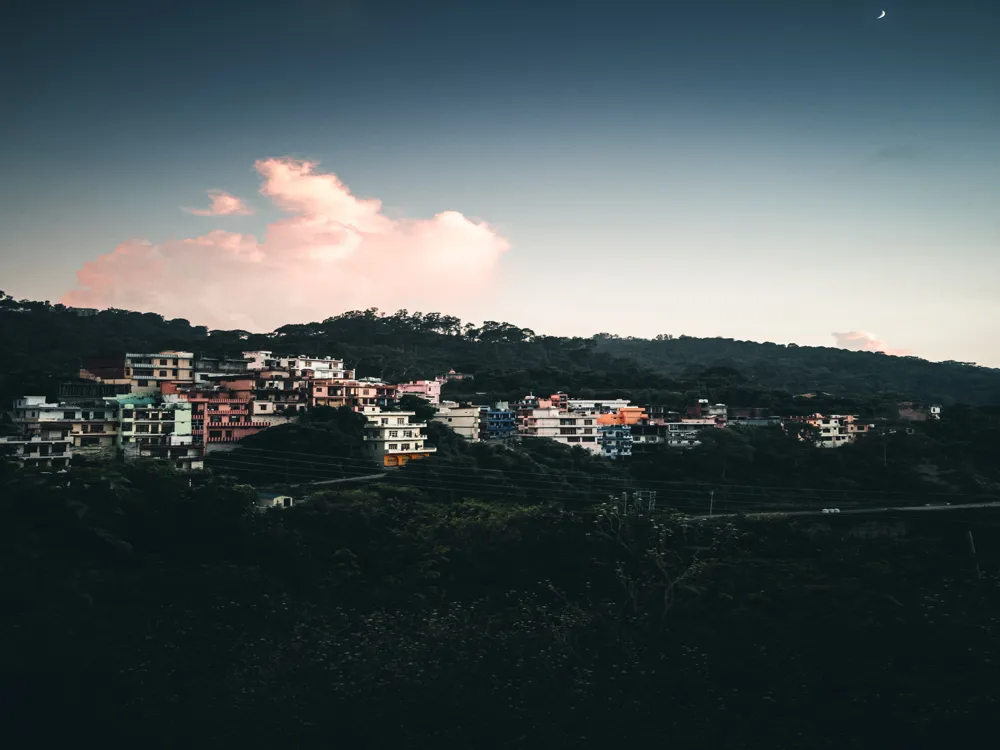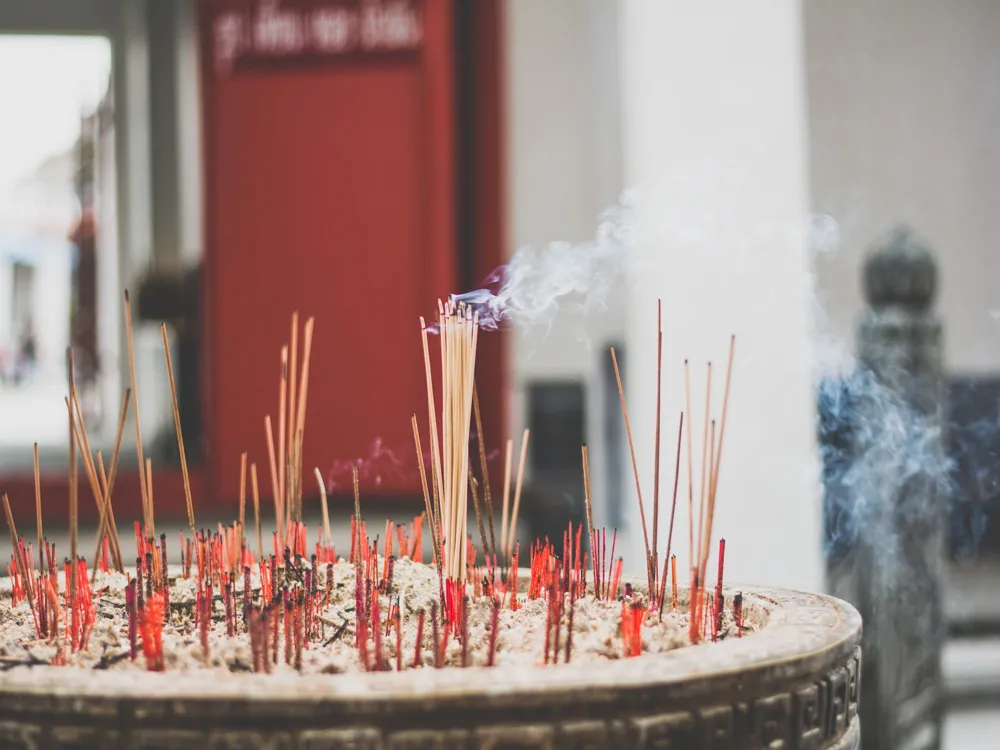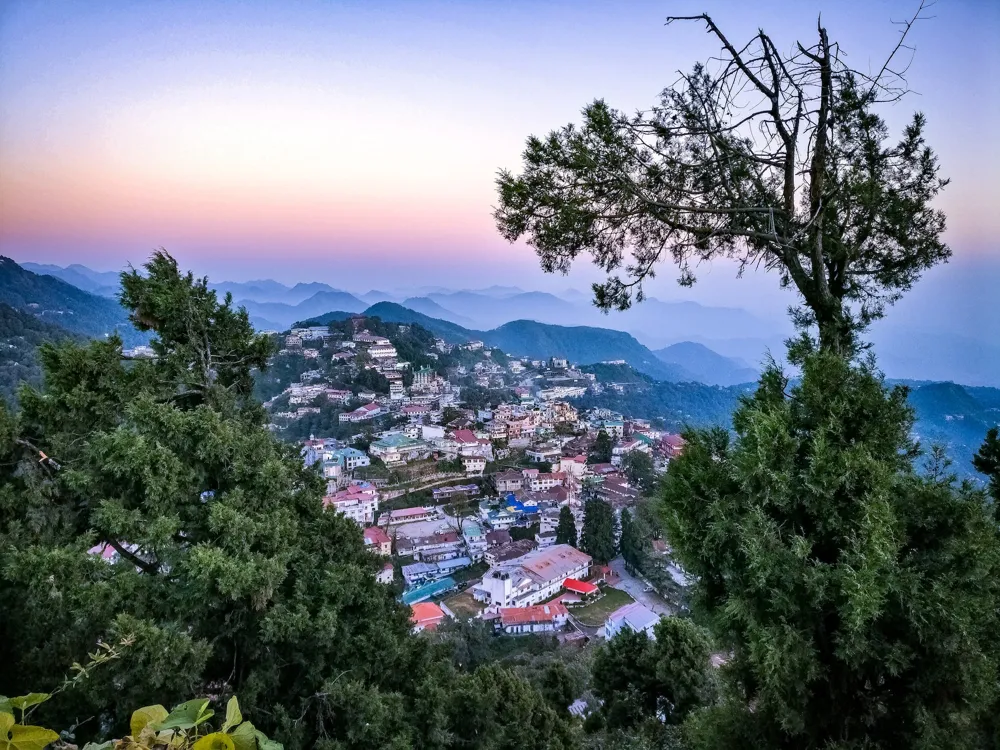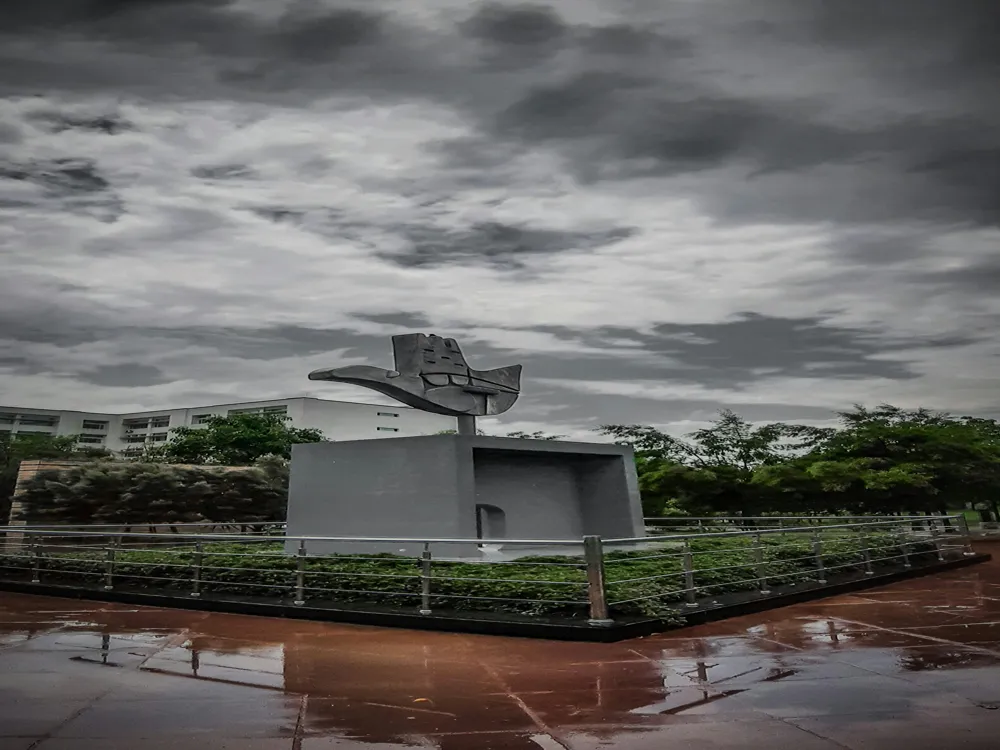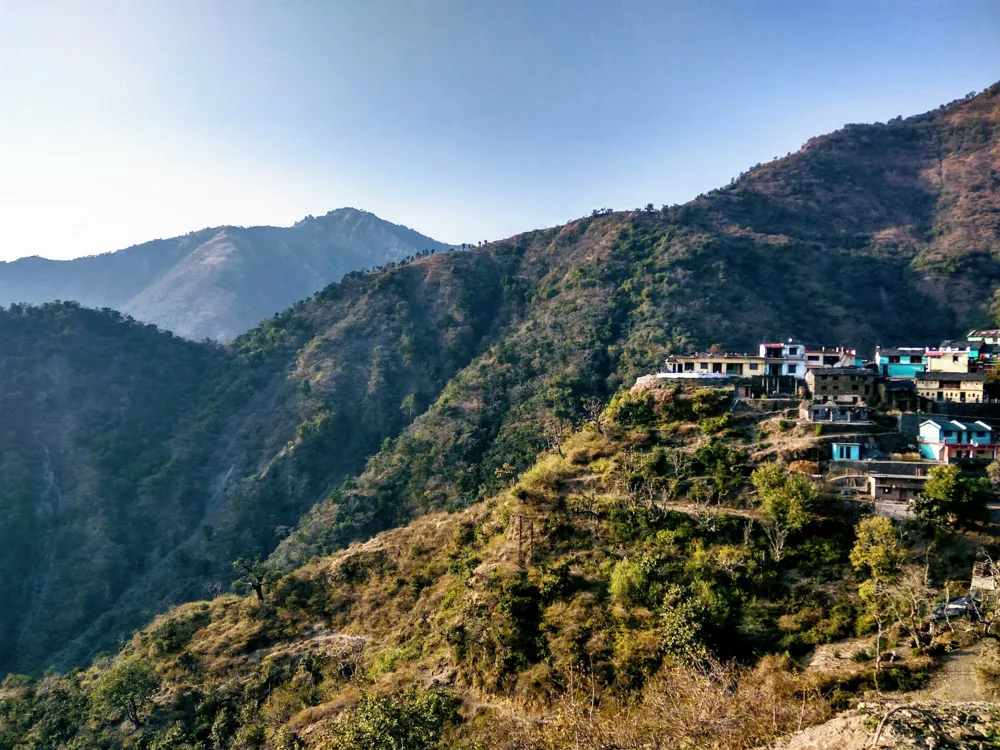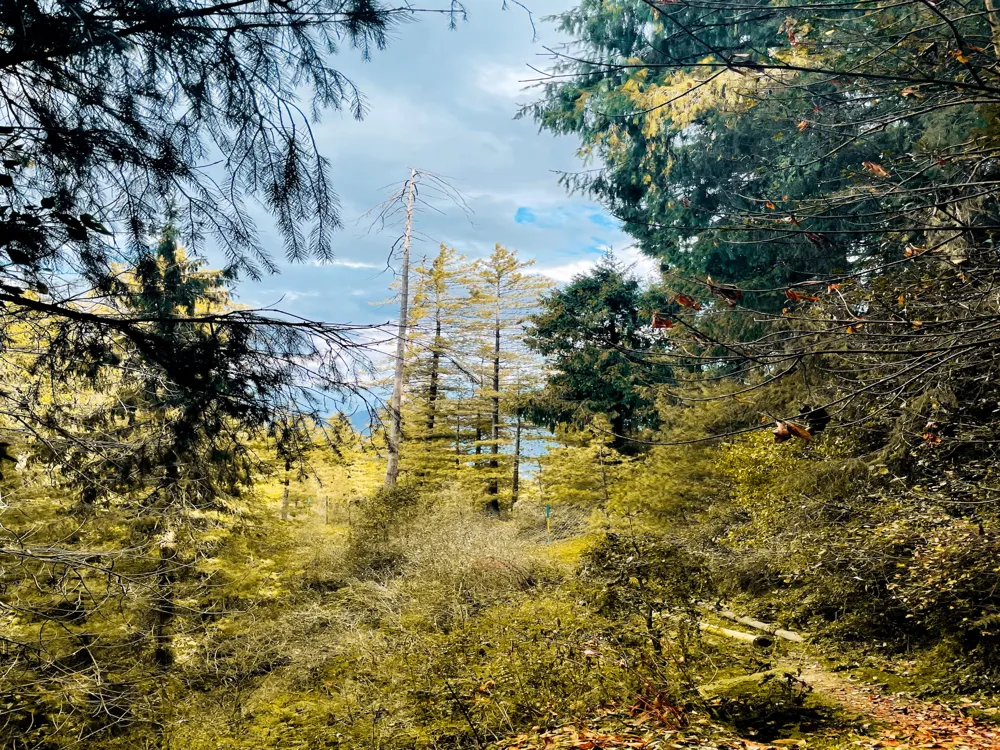Nahan, a picturesque town in Himachal Pradesh, India, offers an enchanting experience for trekkers and nature enthusiasts. Nestled in the Shivalik Hills, it's a gateway to the Himalayas, boasting a rich history and mesmerizing landscapes. This serene town, founded by Raja Karan Prakash in 1621, is not just a haven for trekkers but also a testament to the harmonious blend of nature and culture. The trekking trails in Nahan take you through lush green forests, tranquil lakes, and ancient temples, offering a glimpse into the town's majestic beauty and cultural heritage. The journey through Nahan's trekking paths is not just about physical endurance but also a spiritual and cultural exploration. As you traverse the rugged terrains, you're greeted by the sights and sounds of diverse flora and fauna, making it a paradise for bird watchers and nature lovers. The trails range from easy to challenging, catering to both novice and experienced trekkers. Each path unfolds a new chapter of Nahan's natural beauty, be it the Renuka Lake, the highest point at Churdhar, or the historic Jaitak Fort. This trekking experience in Nahan is not just a journey through hills but a voyage into the heart of nature. The architecture of trekking trails in Nahan is a blend of natural topography and human ingenuity. These trails are designed to enhance the trekking experience while preserving the ecological balance. They wind through dense forests, alongside rivers, and over mountains, offering panoramic views and a sense of serenity. The trails are a mix of narrow footpaths, wooden bridges, and occasionally paved paths, allowing trekkers to experience the raw beauty of nature with minimal environmental impact. Along these trails, trekkers encounter various architectural marvels that reflect the region's rich history and culture. Ancient temples, such as the Miyan ka Mandir and the Jagannath Temple, showcase intricate carvings and designs from bygone eras. These structures are not just places of worship but also serve as rest points for trekkers, where they can immerse themselves in the spiritual ambiance of the Himalayas. The architecture of the trekking trails in Nahan is thus a harmonious fusion of nature, culture, and history, offering a comprehensive experience to its visitors. The ideal time to embark on a trekking adventure in Nahan is from September to November and from March to May. During these months, the weather is pleasant, with minimal rainfall, making the trails more accessible and the trekking experience more enjoyable. Proper trekking gear is crucial for a safe and comfortable trek. This includes sturdy hiking boots, a durable backpack, water bottles, and a first-aid kit. For clothing, wear layers that can be easily added or removed as the temperature changes. Don't forget a hat, sunglasses, and sunscreen to protect against the sun. Staying hydrated is essential, especially at higher altitudes. Carry enough water and purifying tablets or a filter. Also, pack high-energy snacks like nuts, energy bars, and dried fruits to maintain energy levels throughout the trek. Nahan is not just a trekking destination but a cultural hub. Respect local customs and traditions. Be mindful of your environmental impact by following the 'Leave No Trace' principles, ensuring you leave the trails as pristine as you found them. Nahan is well-connected by road and is accessible from major cities like Delhi and Chandigarh. The nearest airport is in Dehradun, while the closest railway station is in Ambala. From these points, you can hire taxis or take buses to reach Nahan. Once in Nahan, local transport or even trekking on foot to the starting points of various trails is an option, depending on the location of your chosen trek. Read More:Overview of Trekking in Nahan, Himachal Pradesh
Architecture of Trekking Trails in Nahan
Tips When Visiting Trekking in Nahan
Best Time to Visit
Essential Gear and Clothing
Staying Hydrated and Nourished
Respecting Local Culture and Environment
How To Reach Trekking in Nahan
Trekking in Nahan
Nahan
Himachal Pradesh
NaN onwards
View nahan Packages
Nahan Travel Packages
View All Packages For Nahan
Top Hotel Collections for Nahan

Private Pool

Luxury Hotels

5-Star Hotels

Pet Friendly
Top Hotels Near Nahan
Other Top Ranking Places In Nahan
View All Places To Visit In nahan
View nahan Packages
Nahan Travel Packages
View All Packages For Nahan
Top Hotel Collections for Nahan

Private Pool

Luxury Hotels

5-Star Hotels

Pet Friendly







